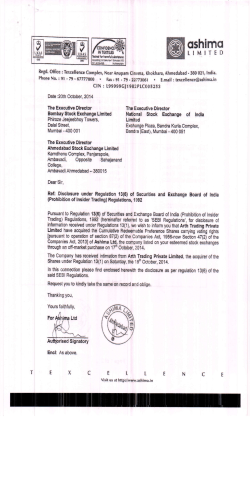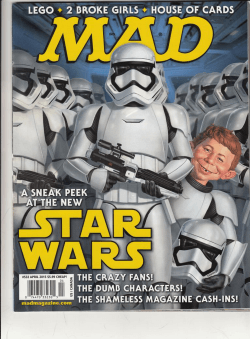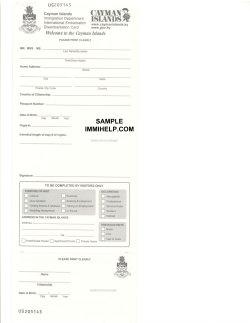
ffi"ffi - Math is a Verb!
G.GMD.I WORKSHEET #7
-
PATTERSON
NAME:
1. Match the following
terms to the diagram.
Given the
value ONL ;Tii:F:,.r
C-.
L
A
D
B
I
prism with face BCFE
as one of its bases. Use
each
1. Edge
A. Rectangle ADGH
2. Lateral Face
B. HF
3. Base
C,
4. Vertex
AD
D. Point
5. Height
B
E. Rectangle HDCF
raises her hand and sav<
rectangle BHGC?,, r.t_
rng tady
in ttre ctasl
..-_ -'.ra,,t) r ;i;JJlt'l^TI;'"1'J;?"11[,'ji.:T
;::',:::,"J#::i,li:,,,iiffi
;;;;
\-eS
€tflvt(.E*sE B ; ;A" ;;'
coeLj} tsE
*?qAr-tE
: Cs..ra.trZr€nJT oplbs
3. Properly name the following
prisms.
a)
coc-.S
,oClrLN
:,:, ,E-:";ilffiE:
rc€- FActS.
b)
d)
-
cvBE
Name:
e)
Name:
Hio*
f)
Name:
OBr-rQuE Pear.
oZ ?ao,,tStgllr*vc)
Name:
P!_AX Uex*e,^"*c pcUft
ftsn-
h)
Name:
ttand how vnl,,-6 tt,^-t-- i--what is inside the shape...
for examole, if .,.rrr .rr-..r^^_r r.
ffi"ffi
,
*lllX,*aor,
*1[JI$,,#":'#;;T;*:*i*":i:.1y;ilT:,;XIJ[::il#::lx,IJL.l;
::::::::::l:::ffi
(,rrE PteLe ut pdper
mu
E,ldtttPtr Lu
ffi:ffi ::.:11::+;,ffi'"*,[::,:",Tlffi il1;:T::":ffi .
oy
or rne sracx'-'' ruire rs
srii confuseci, can you grve another
Ac)uxro
cb
CAEES.
o AetrA oF- | .p cas E
- tb3t l- .rF stlrc)<-
G.GMD.7 WORKSHEET #7
-
PATTERSON
5. Cavalieri's principle says that these two prisms have equal
volume. Explain why that is true?
+ sxna H€t ulrr1
* SFna cBoSS SEctlcrr.S \
AT ALL LEveuS ( rz ..*'t )
5. !f the Volume of the cube is (4X4X4) = e+
cm2, what is the volume of the oblique prism
if it;f na5
has I,een
been tilted
filfeq af
at ou
60"?t
I
{hNo cH}t-r6'g rN Vor'rng.r
- STFre HgtH{1
-
s*rYe
8AS
a
-
+cm
= AGIA cc,ess SEcacnS
Vauu*/.E-=
two prisms DO NOT have the same volume because the cross sections are not the
same. Renee disagrees; she says that it isn't the shape that has to be the same it is the area. Renee thinks
they have the same volume. Who is right and why?
-THL
7. Jenny says that the
?.,nq-Z $ Ccru?i.c;T. U U tLL
-THeSl.rft{)1S f,o-A Dr ff TYL6t"sf
, AaTA
oF 'THL CCoSr 5g6flcrr')
t\
15 E q.,r.$gJ.
I
tr\(tz\ a 30 u"z
,(().j5.*]
Vour, Y1i.-
=
water. When the glass box is tilted on its side the water shifts
places. What is the relationship of the water before and after the tilting? What is the height of the water
when the box is tiled upright?
8. An enclosed glass box contains 1620 in3 of
a.) Vor-urr E tS =
(5) (z+)(v) E l6 20 rrl
3 trr
)
cL\ l{ov6-D
.
b) tz (rg) (^) = 16Zo,'i
x = -/.:27 in.
I
G.GMD.7 WORKSHEET #7
- PATTERSON
9. Randy says "Cylinder volume is easy
does Randy mean by this?
- it is done the same way as a prism except its base is a circle." What
Pa,s
SflLL f,UST
Besa Ar-(A x
3
r't ,l
4Yr-tNDr./L
!=bt l. I
V=bh
W
v=EgL
,
10. Ryllie looks at the two cylinders below and says that the oblique cylinder has less volume because it is at
an angle. The volume for the right cylinder is V = n(g)2(h) and the votumq for the obtique cylinder is V =
zr(alz(sin 73'Xhl because it is at an angle. ts she correct?
\
N OpE I .
HE\6rH6
BaseS
TUL
AOL:
= p.r..rA
HEIc/r|-(
t^rlS NoT CHAN,ED
mAldN& -Tt<€ cYUr,'O@
o6Llg\t
.
11. Jared wants to test out a new theory..... lnstead of having the
cross area sections the same as Cavalieri suggested he wants to half
the radius of one cross section and then double the height to make up
for it. He believes because he divided the radius by 2 but doubleyfh{
height that the volumes should be equal. ls he correct? Explaifi
)vtceT
lwD€
6ys1noF,2
Bh
V=
fr (q)'( s)
r.-\
S.?
/rrveu:
ton
* f,n,, DIDN'T wa?-V B€cts.rSE r
I
Nf n\
f*r-rc\utn ori.
V= Btn6 (z)L(ro)
6o?f e,",L
TI4g gEu}1\o$r,tr
5cm
r,^,.=
r
S Srfirv]nt$
{
P.
ll
-
ll
12. A rectangular prism and a cylinder have the same height and the same volume. What is the length
the side of the prism's square base?
----Z
h
h
,{
,'.,.""""'t il""""".',.,
x
t
^ , .r Lt
V=r(q)'h v =x
n (rO/ = *")(
.
16'tT
rl 161r'
'+ JTI
-
5cm : Scm :
=xL
=x
=\
2-t
h
of
© Copyright 2025










